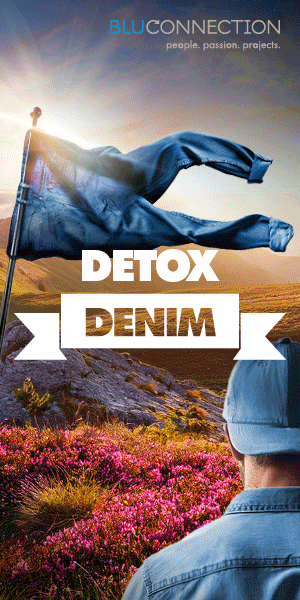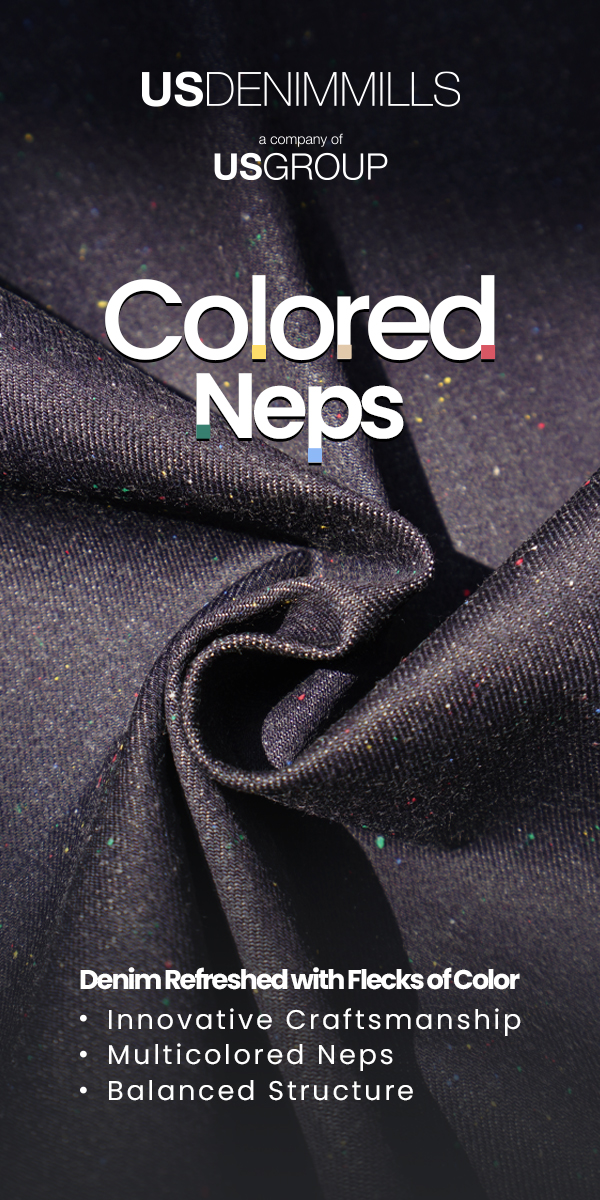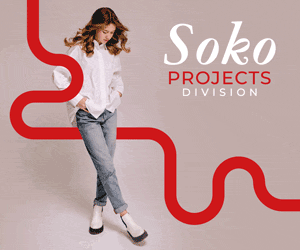Factory Talk: Heritage and innovation meet in Japan

Travelling before the pandemic lockdown, Tilmann Wröbel headed to Kurashiki to discover Howa, a laundry that changed his opinion on the benefits of machines.
Since the early 1950s when Donald Freeland of the Great Western Garment Company created the first experimental denim stonewash, the evolution of denim laundries has been incredible. When we think of modern-day denim, sophisticated laundries spring to mind. But the reality is that many laundries do not look so fantastic to visitors. Or worse, some look fantastic with state-of-the-art equipment but no one knows how to handle the machinery correctly. But don’t be afraid, the vast majority of today’s laundries are very reliable. Let me introduce you to one of the fantastic laundries, one that truly understands the washing business. Let me take you to Japan.
Japan is a true pilgrim destination for denim brands and fanatics. When in Japan, you should head to the Kurashiki and Kojima area, where the Howa laundry is located. You might say, why Howa, when there are other ‘heritage’ laundries in that area? To me, Howa is a laundry that can offer many different approaches to modern denim wet-processing.
Today’s laundries have three different ways of making denim look worn (and Howa has all three):
- the traditional stone-wash, scraping, destroy, tinting area, where most manipulations are made by hand,
- the robotised area, where brushing is handled by machines and robots and...
- the laser-bay, where lasers can reproduce most effects of usage and destroy. In some laundries you might find one or two laser machines, Howa has a few more!
Thanks to a well-balanced infrastructure, Howa can wash large quantities of jeans for domestic high-street brands or well-known international brands such as Edwin as well as much smaller quantities for the premium niche brands of the Japanese market.
Shingo Maeda, Howa’s manager, gave me an impressive tour. His scraping bay has the traditional set-up with state-of-the art grinding machines and workers sitting or standing in front of the workstations. Here you can find the skilful workers who create natural-looking whiskers, destroyed effects and scrapings. Dummies are presented horizontally, like it should be in all laundries as it helps workers’ backs. The dummies that jeans are scraped on are usually made of the same rubber as tyres, but Howa’s dummies look almost bespoke. They are made of an extra thick, structured rubber material, which I have not seen anywhere else. This is impressive, since dummies tend to be a resource that laundries don’t spend much budget on.
The bay with chemicals and tinting colours is very organised and tidy, and feels as white and clean as a hospital ward. Again, very impressive, particularly when I have seen laundries in other countries where the chemical bay is often a quite dirty place, with ripped bags and plastic containers with chemicals in ‘open’ format.
But the most impressive was still to come. A group of 10 latest-generation robots for brushing legs and scraping whiskers. I have seen quite a few of these in laundries and I am not really a fan of that type of automation. Each time I see those brushing machines and neoprene whisker templates for hundreds of thousands of ‘used’ jeans, all looking identical, I always feel that we are digging a grave for our denim industry. But these robots at Howa are different. They had that soft way of creating natural-looking usage, thanks to sophisticated software. I couldn’t help but think about sci-fi movies like Terminator, and wondered if the robot would whisper at the end, “I’ll be back!”
Then came the laser hall. Yes, a hall, not a room, with 10 Jeanologia machines. For those who don not know, that means a very large capacity of production with laser treatments. This is a great step towards sustainability – the machines all drastically reduce the amount of water that goes into each pair of jeans. Add to this a quite classic but impressive hall with huge stonewash machines, e-flow, tumblers and dyeing machines, and you get a sense of how well-balanced and equipped the Howa laundry is.
At the end of the processes, the water is cleaned in a water-treatment station, reducing water pollution and indigo content to its minimum. This station has to cope with the very strict rules of the Kurashiki region, which again is a tick for sustainability.
So, if you are ever in Japan, I can truly recommend Howa, where man and machine team up for beautifully washed denim. Go and say hello to Shingo Maeda, he’ll take great care of your jeans.
Tilmann Wröbel is the founder and creative director of Monsieur-T, the ‘Denim Lifestyle’ studio. He started his career as a haute couture designer and segued into streetwear and denim through his love of skating. He has worked as a designer and consultant for some of the world’s top brands, and is based in Paris, France.













